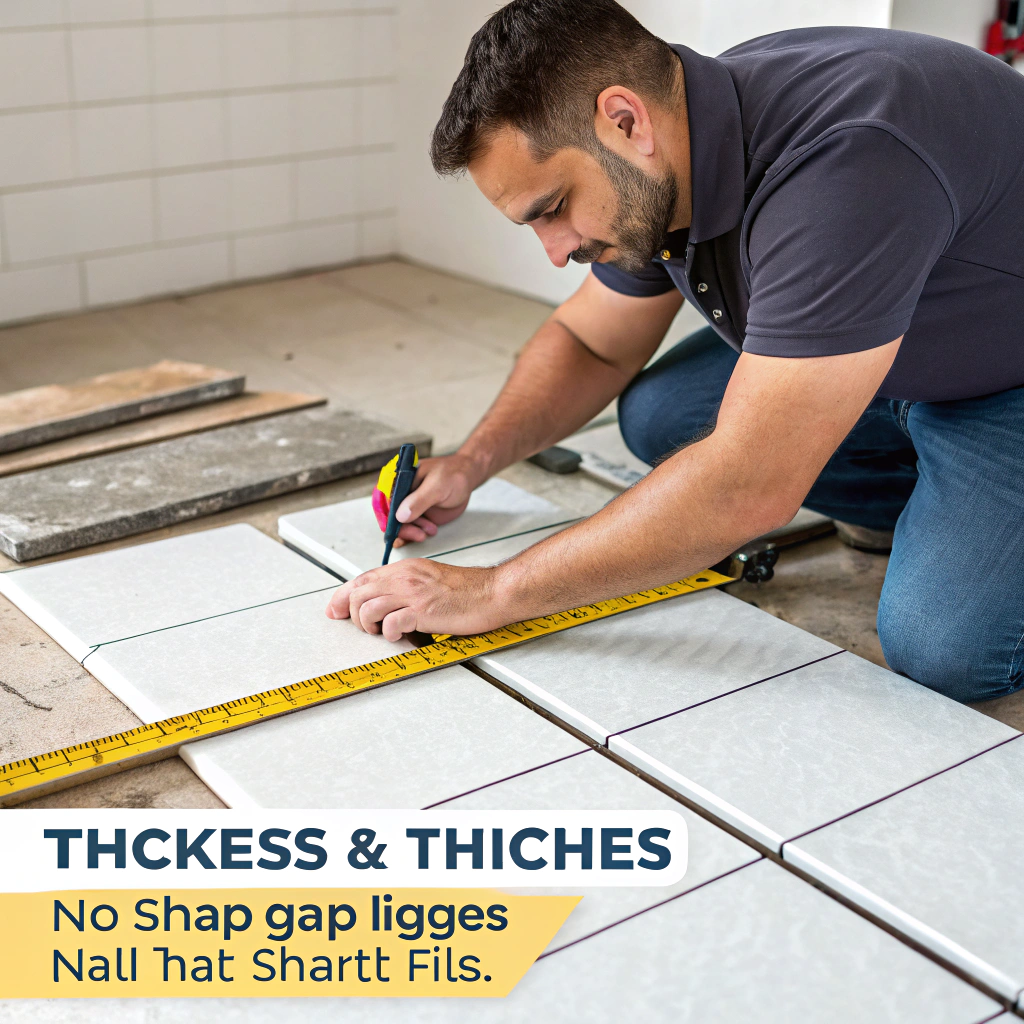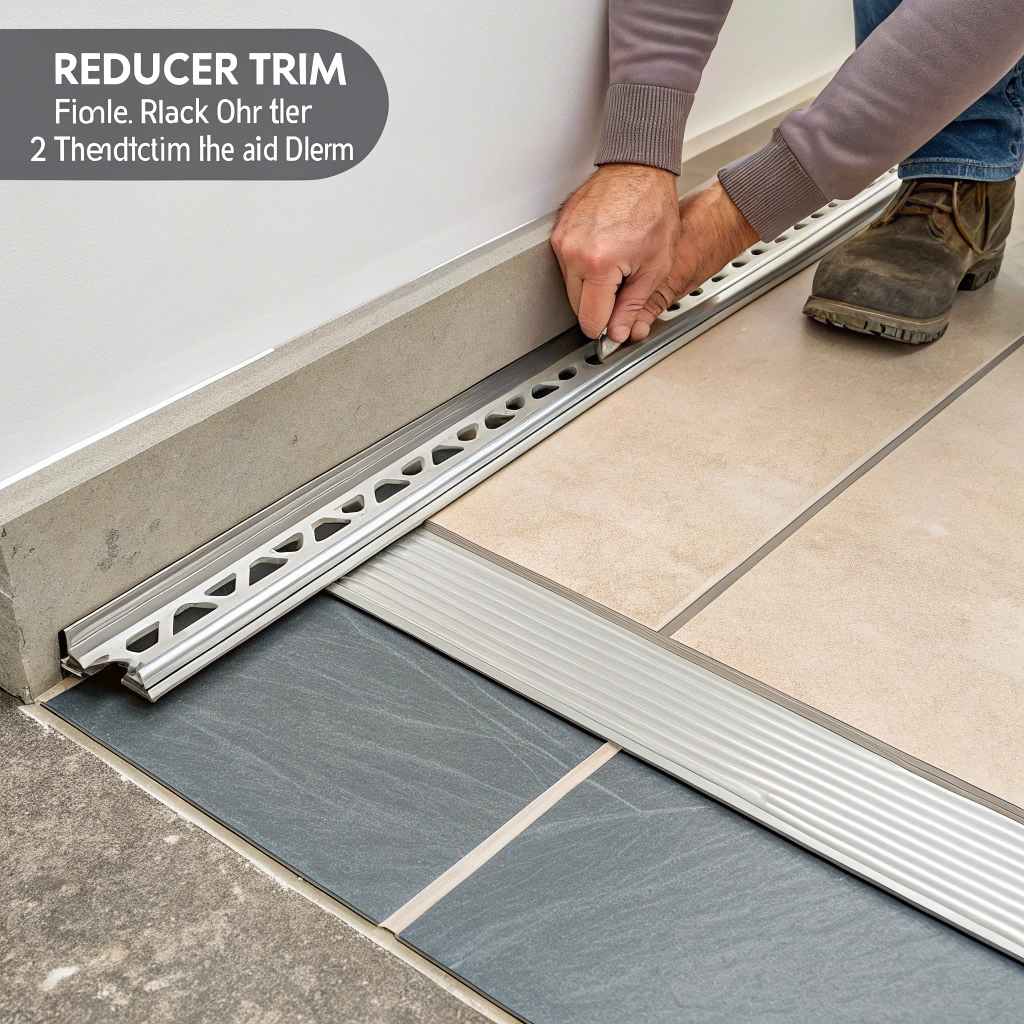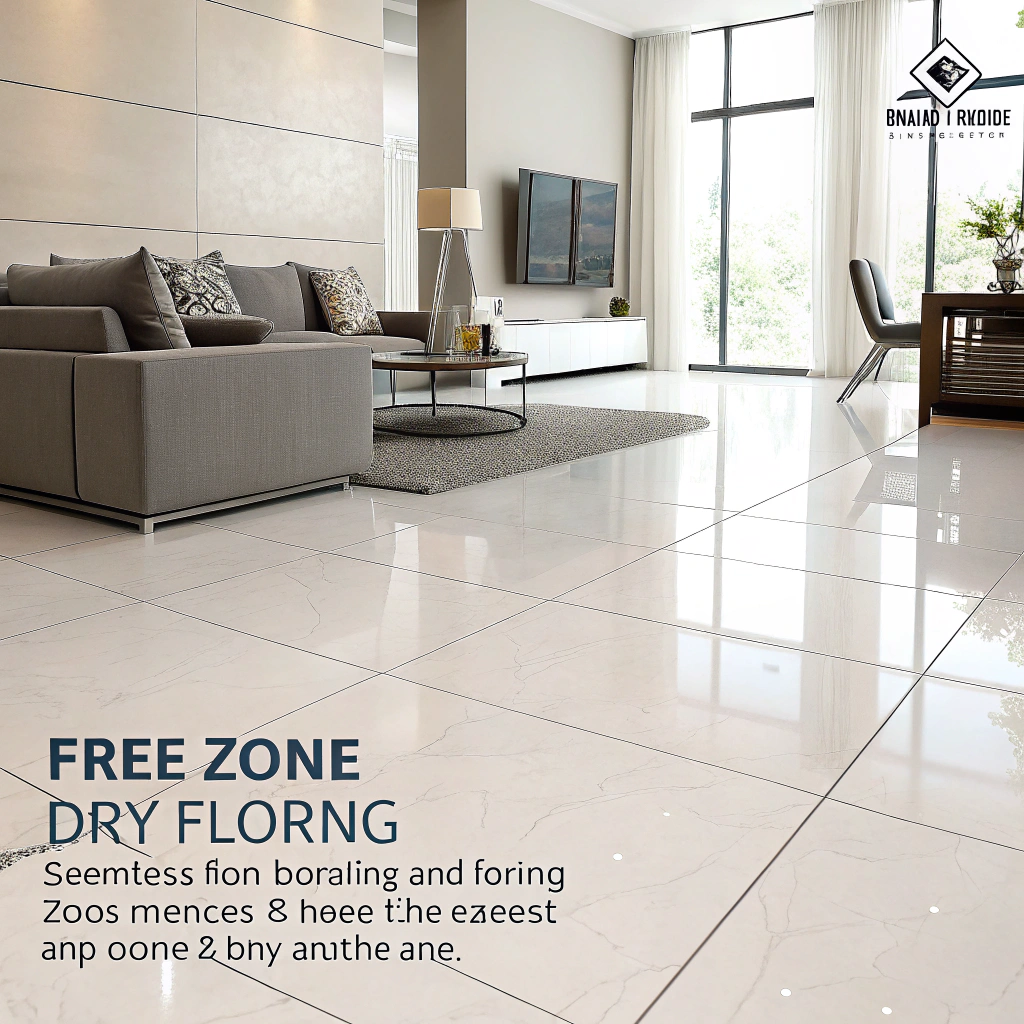What Size Tile Trim Do I Need?

I once picked the wrong trim. It looked odd. I felt upset. I learned a better way. I help you avoid that.
I answer the main question right here. You need trim that matches tile thickness, your edge type, and your style. Choose a trim that fits snug. Do not guess.
Now I guide you to measure, pick types, fit backsplashes, and balance protection with looks.
How do I measure tile trim size accurately?

I froze once in a store. I just held trim on tile. It did not fit. Never do that again.
I measure tile thickness with a ruler or caliper. I place the ruler on tile top to bottom. I note the number in millimeters or inches. I round up to next standard trim size. This lets the trim slide in.
I also measure the tile edge length. I need to know perimeter. I add a few mm for trimming. I write down total trim length.
| What I measure | Miksi sillä on merkitystä |
|---|---|
| Laatan paksuus | To pick trim slot height |
| Tile edge length | To know how much trim to buy |
| Rounding up | To avoid trim too tight to fit |
Then I measure the wall corner if I place corner trim. I measure both walls. I write down length per wall. I bring these numbers to the store or supplier.
I apply the same for countertops or floor edges. I just measure length and thickness there too.
Picking the right size stops gaps, avoid sharp edges, and makes it look neat.
Tile thickness measurement is key. I test fit a sample if I can. If sample fits, I buy a bit extra for cuts and errors.
You should measure tile thickness and round up to the nearest standard trim size.Totta
Rounding up helps ensure the tile fits snugly into the trim without being too tight.
It is okay to guess trim size if you measured your tile once before.False
Every tile may have slightly different thickness, and guessing can lead to bad fit.
What types of tile trims fit different tile thicknesses?

I used mismatched trim once. It stuck out badly. I learned from that.
Tile trims come in types. Each suits certain tile thickness. I share three common types:
Types and fits
-
L‑shaped trim
- It fits thin tile, like wall tile 6–10 mm.
- It wraps edge.
- Works when tile is flush with wall.
-
J‑profiling trim
- It has a small lip to cover edge.
- Good for tile ~8–12 mm thick.
- It hides cut edge.
-
Flat edge trim (or pencil trim)
- Slim and flat.
- Use with thin tile, 6–8 mm.
- Adds slim accent line.
There are also larger trims for thick floor tile:
-
Bullnose trim: rounds off thick tile edges, 10–20 mm tiles.
-
Reducer trim: drops from thick tile to thin floor, 12–20 mm.
Some trims are adjustable with slot size. They let you tighten or loosen. These fit a range, like 10–15 mm.
Here is a simple chart:
| Trim Type | Tile Thickness Range | Paras käyttötapaus |
|---|---|---|
| L‑shaped | 6–10 mm | Wall edge rounding |
| J‑profiling | 8–12 mm | Wall or corner finishing |
| Flat pencil/edge line | 6–8 mm | Decorative trim or small edge |
| Bullnose | 10–20 mm | Floor or countertop rounded edge |
| Vähennyslaite | 12–20 mm | Matching two floor heights |
I always measure tile thickness first. Then I pick trim type that matches that range. I never force a trim on a too-thick tile.
Should tile trim overlap backsplash or be flush?

I once left a gap above backsplash. Water seeped behind. That taught me overlap matters.
A trim can either overlap or sit flush. It depends on water use, style, and fitting.
Overlap means the trim sits on top of the backsplash tile. It covers the joint. This is good:
- For wet areas. Water runs off trim, not behind tile.
- On high-use areas like shower edge.
- To hide uneven cuts on top of backsplash.
Flush means trim is level with tile face. It looks clean and modern.
- For low‑water areas.
- In dry zones like living room tile.
- When you want a seamless look.
I think overlap works best near water. It adds small lip and protection. Flush works when looks matter more, and water is not a risk.
When I plan my trim:
- If backsplash is under cabinet or behind sink, I use overlap.
- If tile is just decorative stripe on wall, flush looks nice.
I always inspect tile edge top. I match lip thickness so overlap looks smooth, not too bulky.
Mind this: trim width must not cover important tile detail. I make sure the lip sits just at edge, not cover tile pattern.
How to choose trim for edge protection and aesthetics?
I was proud when I let my edge chips ruin tile view. Then I learned to choose better.
Edge protection and looks go hand in hand. I list steps I take:
-
Know the use
- Where is tile? Floor, wall, countertop?
- Will it face impact or moisture?
-
Match trim material
- Metal trims (aluminum, stainless) are strong. Good for floors and hallways.
- PVC trims are cheap and flexible. Use in low-impact dry areas.
- Stone or ceramic trims match tile pattern. Good when look is top priority.
-
Consider finish
- Kiillotettu looks sleek.
- Matta feels soft and blends tile.
- Color matching makes trim invisible.
- Contrast colors make borders and style.
-
Mittaa laatan paksuus again. Choose trim type that fits range (see table above).
-
Check supplier specs
- I read trim cross‑section drawing.
- It shows how tile fits.
- I check water channel or drainage if trim is for wet area.
-
Estimate total trim length needed
- I measure all edges.
- I add 10 % extra for cuts or mistakes.
-
Visual test
- I place sample piece next to tile.
- I decide if look feels right.
- If not, I try alternate finish or shape.
I use this quick reference:
| Decision Factor | What I do |
|---|---|
| Surface type | Floor = strong; wall = lighter material |
| Impact risk | High = metal; low = PVC or ceramic |
| Aesthetic goal | Match finish or contrast with tile |
| Water exposure | Use overlap or trims with drainage |
| Installation fit | Measure precisely; read spec drawings |
When I balance protection and style, I always think of long term:
- Metal lasts longer in high-traffic areas.
- PVC is flexible for home remodels.
- Decorative ceramic trim adds class when damage risk is low.
Päätelmä
I have shown how to measure trim size, match types to thickness, choose overlap or flush, and pick trim that protects and looks good. Now you can pick and install trim with confidence.



